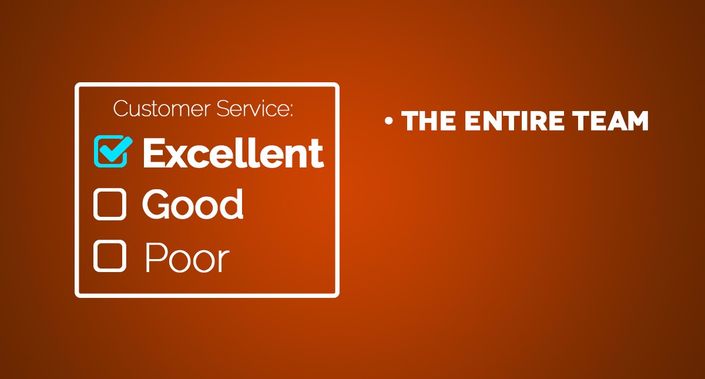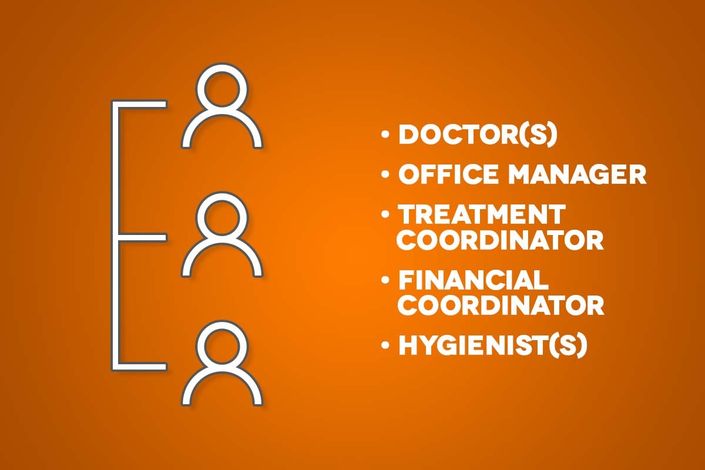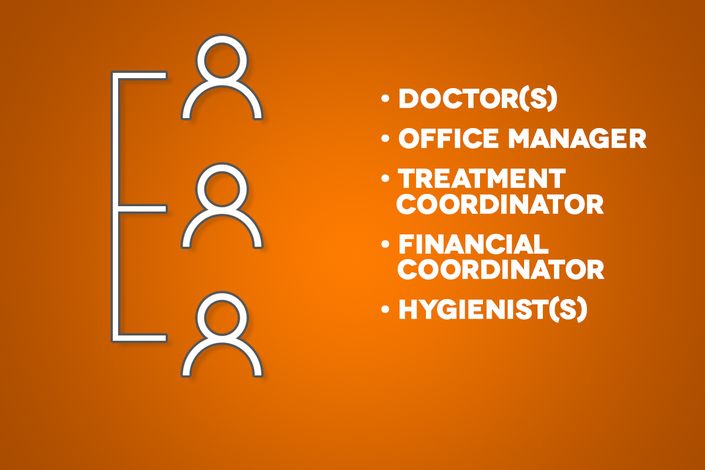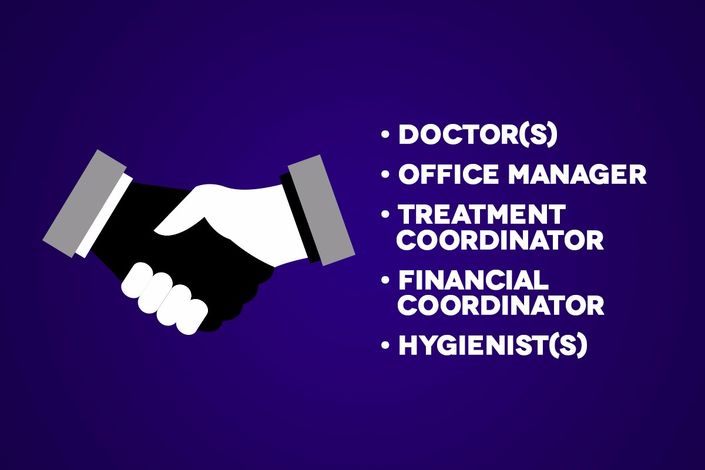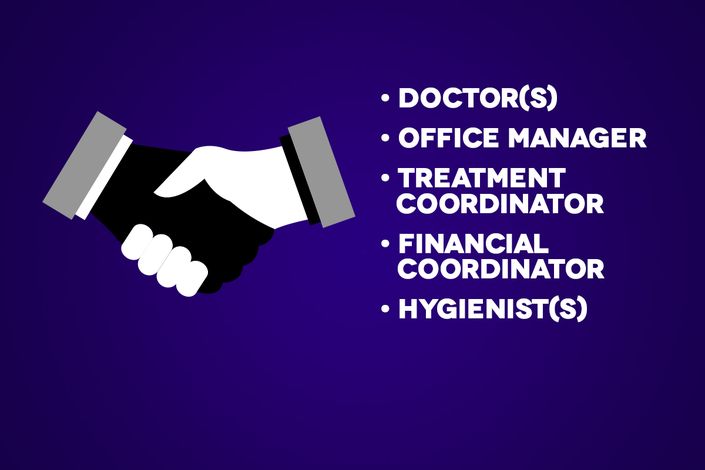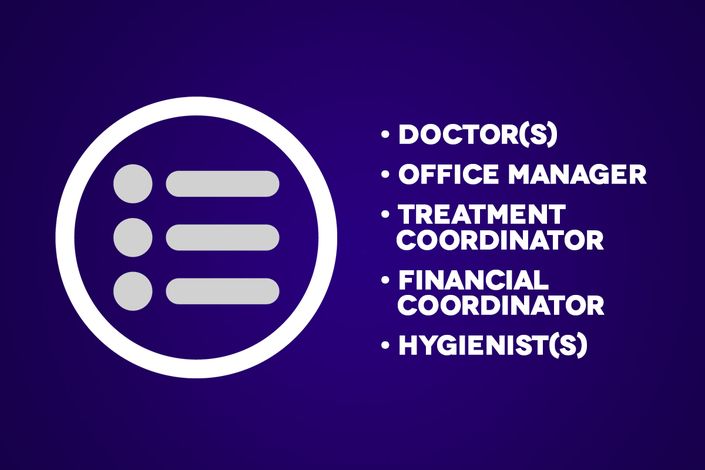Dental Hygienist Training
The Foundation of Patient Retention and Practice Growth
The dental hygienist is often the team member with whom patients spend the most time, building strong relationships that foster long-term loyalty. A well-run hygiene department is the backbone of a thriving practice—not only ensuring patient retention but also generating two-thirds of the doctor’s production. When managed effectively, hygiene can drive real practice growth, increase production, and be profitable on its own.
This training provides hygienists with the tools to coordinate seamlessly with the team, stay in control of the schedule, strengthen patient relationships, and assist in patient education and case acceptance.
Training Objective
Equip dental hygienists with the skills to enhance patient communication, streamline workflow, and contribute to both patient retention and case acceptance, ensuring a productive and profitable hygiene department.
What Your Dental Hygienist Will Learn
1. Master Communication & Patient Service:
- Make every patient feel welcome and valued.
- Communicate effectively with patients and the team.
- Connect with different personality types for stronger relationships.
- Handle unexpected scenarios or patient concerns with professionalism and grace.
2. Ensure Seamless Team Coordination & Efficiency:
- Work in tight coordination with the entire team to enhance workflow.
- Reduce wait times and eliminate bottlenecks that slow down service.
- Minimize confusion and keep daily operations running smoothly.
3. Maximize Hygiene Production & Patient Retention:
- Navigate the scheduling system to improve efficiency in hygiene appointments.
- Build lasting patient relationships that lead to consistent recall visits.
- Educate patients on the importance of regular hygiene visits.
- Implement strategies to reduce cancellations and no-shows.
- Take ownership of hygiene department productivity and patient retention, with tools to drive positive change.
4. Assist the Doctor with Case Acceptance:
- Help patients understand their diagnosis and the importance of treatment.
- Educate patients on their treatment plan with clarity and confidence.
- Keep track of patients with outstanding treatment and follow up accordingly.
- Assess whether patients are fully on board with treatment recommendations.
- Address and overcome patient concerns and objections to treatment.
Why This Training Matters
A thriving hygiene department is the foundation of long-term patient retention and practice growth. By mastering communication, efficiency, and patient education, hygienists will:
- Enhance patient loyalty and satisfaction.
- Ensure the schedule stays productive and profitable.
- Support the doctor in increasing case acceptance and treatment completion.
- Play a critical role in driving overall practice success.
This training provides the strategies and skills hygienists need to elevate their impact, making them indispensable members of the practice team!


